Owning a cat can be an endlessly rewarding experience, filled with companionship, purrs, and playful moments. However, understanding your feline companion can sometimes feel like deciphering a secret code. While cats are known for their independent and mysterious nature, their behaviors are rich with meaning. In this article, we’ll explore some of the most common cat behaviors, what they signify, and how we can better connect with our furry friends through this understanding. Whether you’re a seasoned cat owner or just considering adopting one, this guide will help decode the language of cats.
Purring
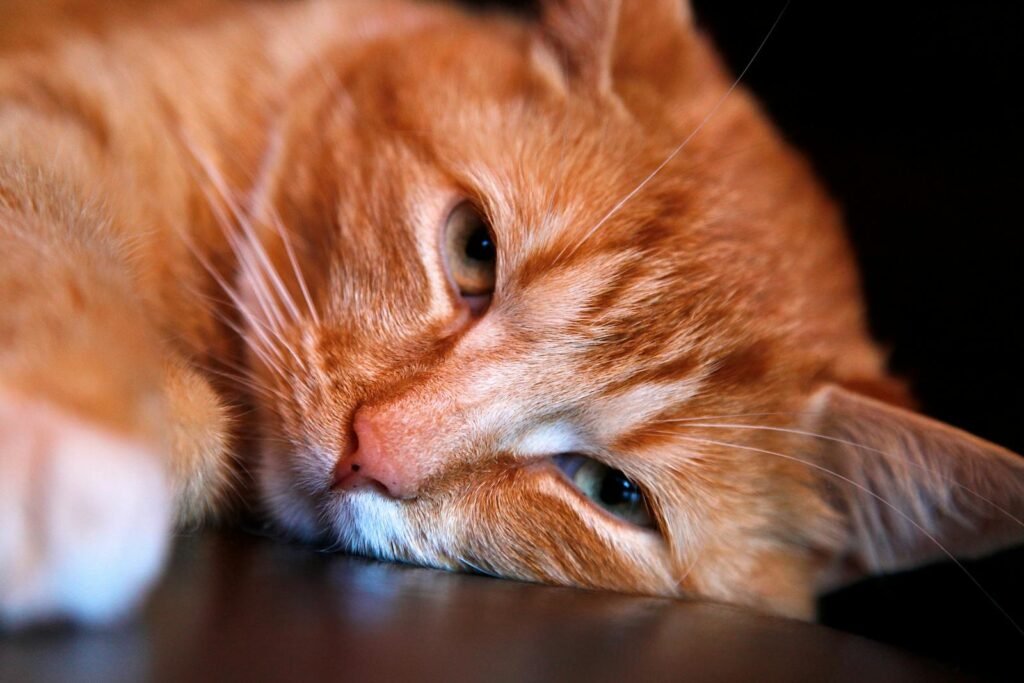
Purring is perhaps the most universally recognized cat behavior. It is often associated with contentment and relaxation, a melodious hum that signals a cat’s comfort and affection. However, purring isn’t always a sign of pure happiness. Cats may also purr when they’re anxious, in pain, or even nearing the end of life. This behavior can serve as a self-soothing mechanism, releasing endorphins that help manage their emotions or discomfort.
Kneading
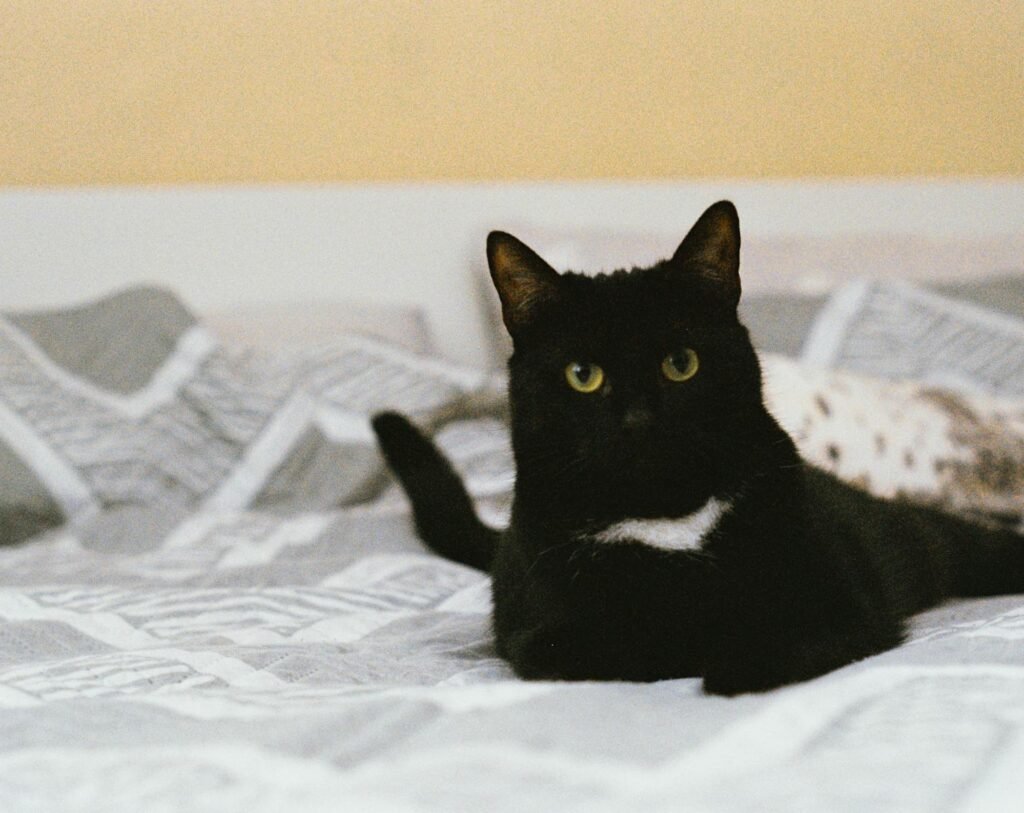
Often referred to as ‘making biscuits’, kneading is when a cat pushes its paws rhythmically into a soft surface. This behavior often dates back to kittenhood, when cats knead their mothers to stimulate milk flow. Adult cats may continue this action as a sign of contentment, affection, or to mark their territory—glands in their paws release a scent onto the kneaded surface.
Slow Blinking
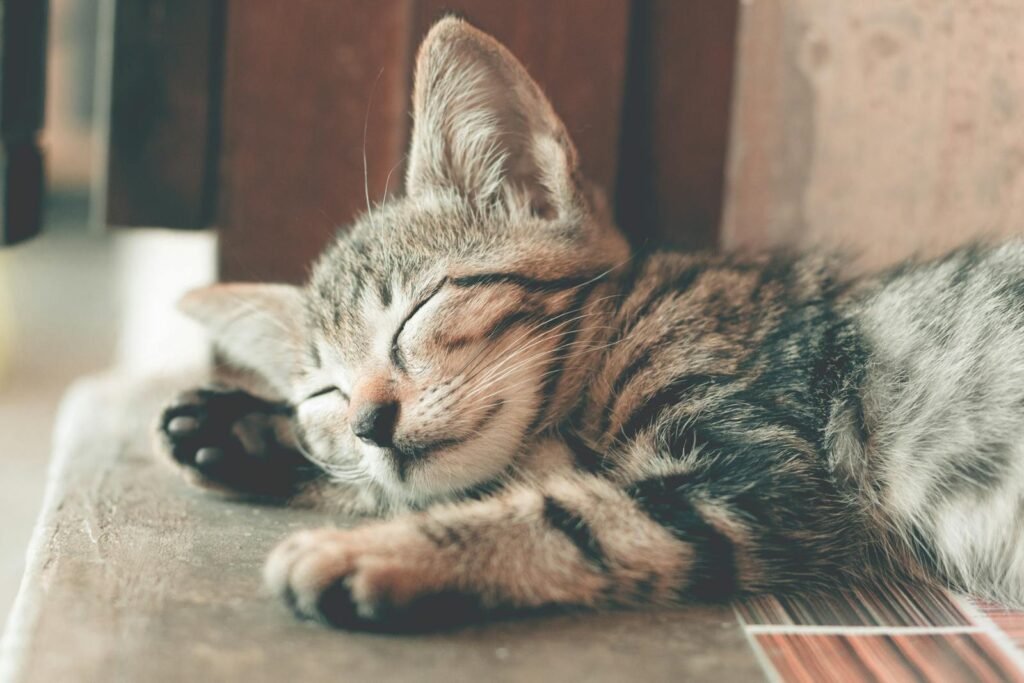
A slow blink from a cat is akin to a feline kiss. Cats use this gesture as a way to communicate trust and affection. In cat language, closing their eyes slowly and deliberately signifies they feel safe and calm in your presence. Responding with your own slow blink can help strengthen your bond and reassure your cat of your own friendliness.
Head Butting
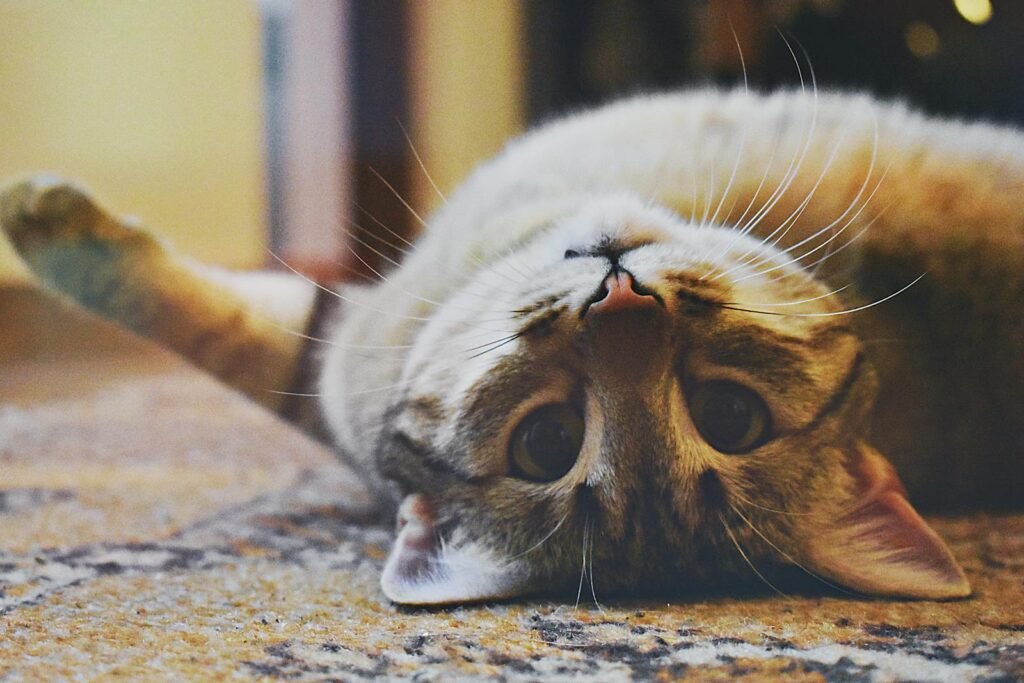
Often a favorite behavior among cat enthusiasts, head butting—or ‘bunting’—is more than just a sign of affection. This action allows cats to mark you with their scent, essentially claiming you as theirs. This territorial behavior is accompanied by social bonding, as cats tend to head butt with those they feel closest to.
Chattering
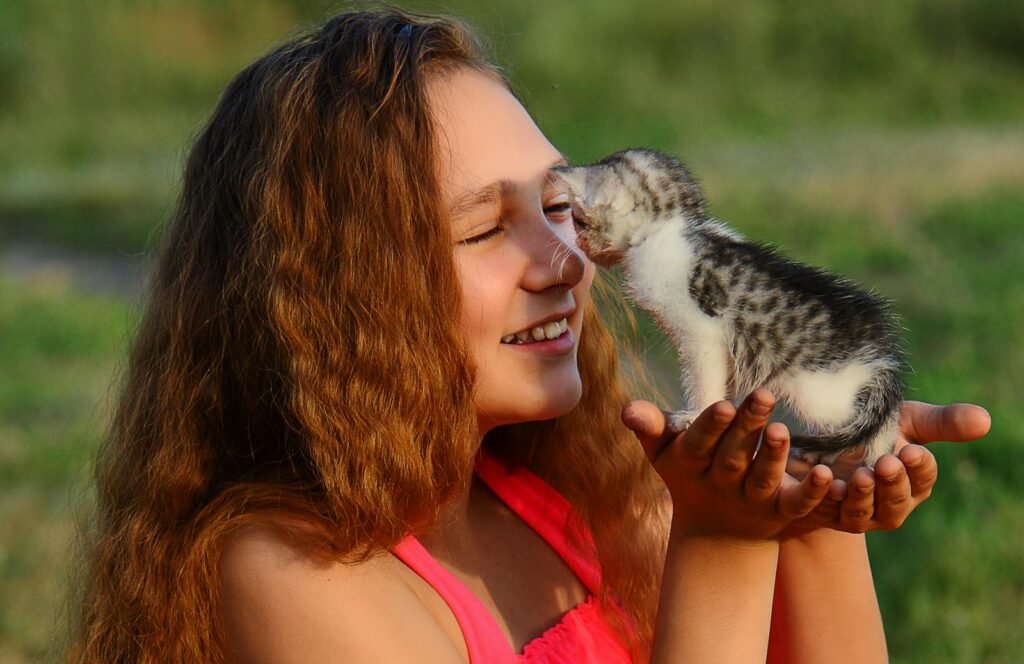
Have you ever noticed your cat making a distinct chattering noise while watching birds or other animals through a window? This peculiar sound is believed by experts to be a mix of excitement and frustration. It might also be an instinctual preparation of their jaw muscles for the ‘kill’ when they spot potential prey.
Tail Language
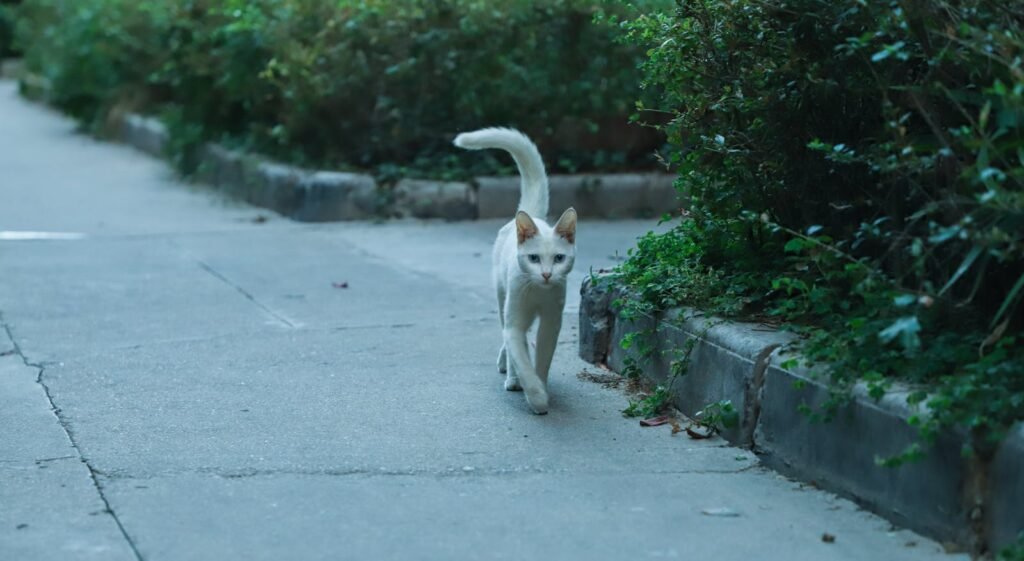
A cat’s tail can communicate more than you might think. A high, gently swaying tail usually indicates confidence and approachability, while a low or tucked tail may signify fear or submission. A puffed-up tail, often accompanied by an arched back, indicates distress or aggression, warning others to back off. Paying attention to these signals can help you understand a cat’s mood and intentions.
Scratching
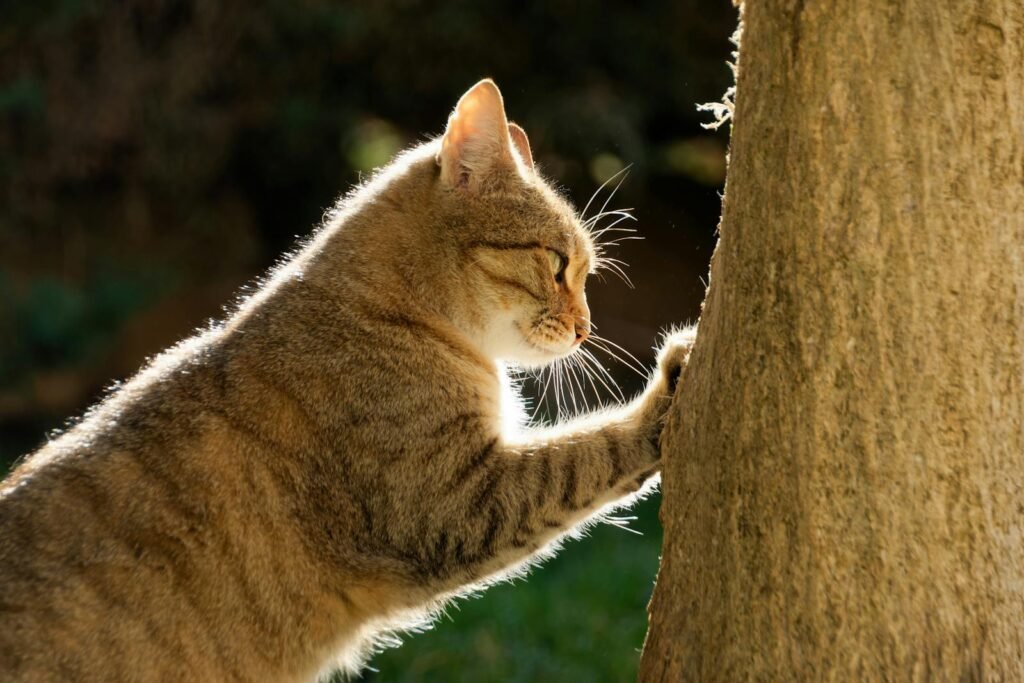
Scratching is a natural behavior for cats and can serve several purposes. It helps cats shed old layers of their claws, mark territory with the scent glands in their paws, and stretch and exercise their body. Providing your cat with appropriate scratching posts is crucial to redirect this behavior away from your furniture.
Napping Habits
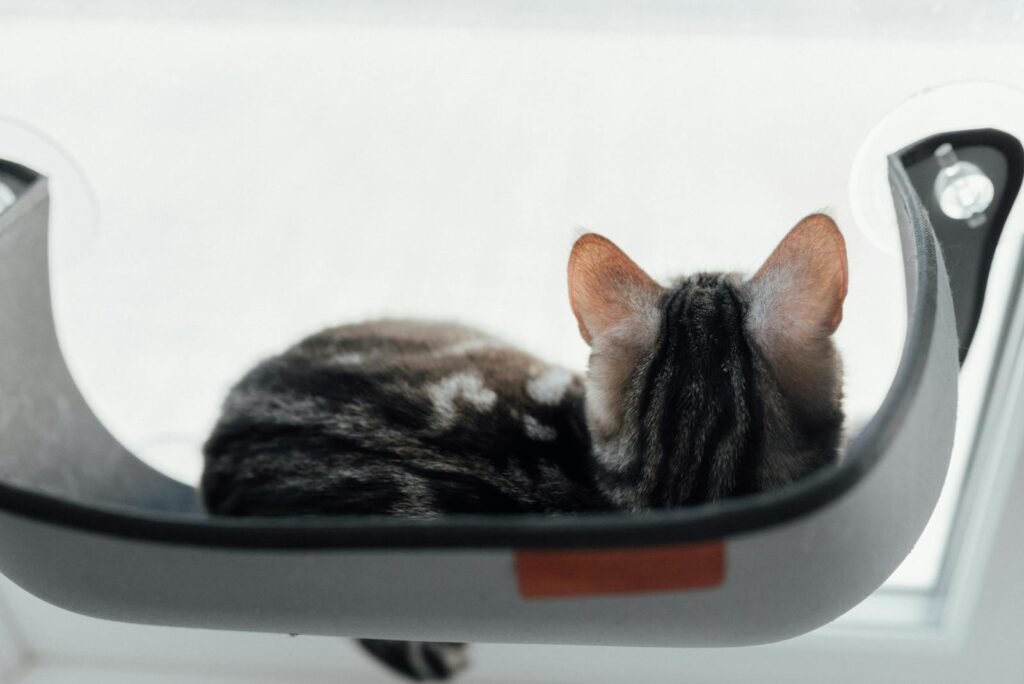
Cats are notorious for their love of sleep, often spending anywhere from 12 to 16 hours a day napping. This behavior harks back to their wild ancestors, who conserved energy for hunting. While sleeping, cats remain somewhat alert to potential threats, frequently into a state called quasi-consciousness. Their sleeping habits can vary based on age, with kittens and senior cats requiring more rest.
Grooming
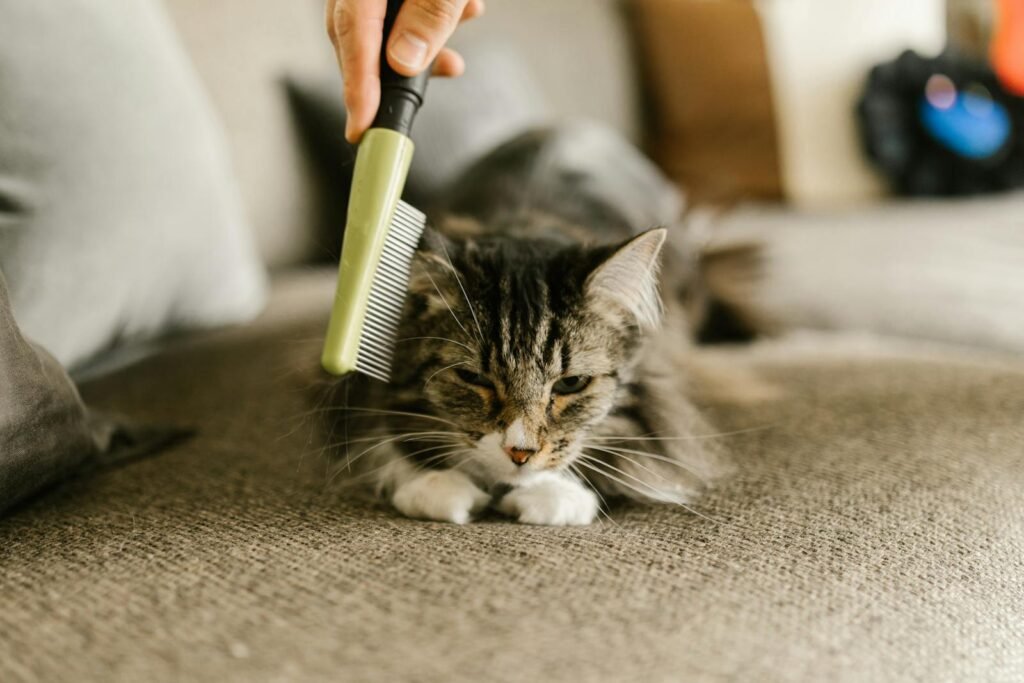
Grooming is a sign of health and well-being in cats. Regular licking helps cats keep their coats clean and remove loose fur, dirt, and parasites. It’s also a way cats self-soothe and regulate their temperature. Excessive grooming, however, can be a sign of stress or underlying health issues and may need attention from a veterinarian.
Bringing Gifts
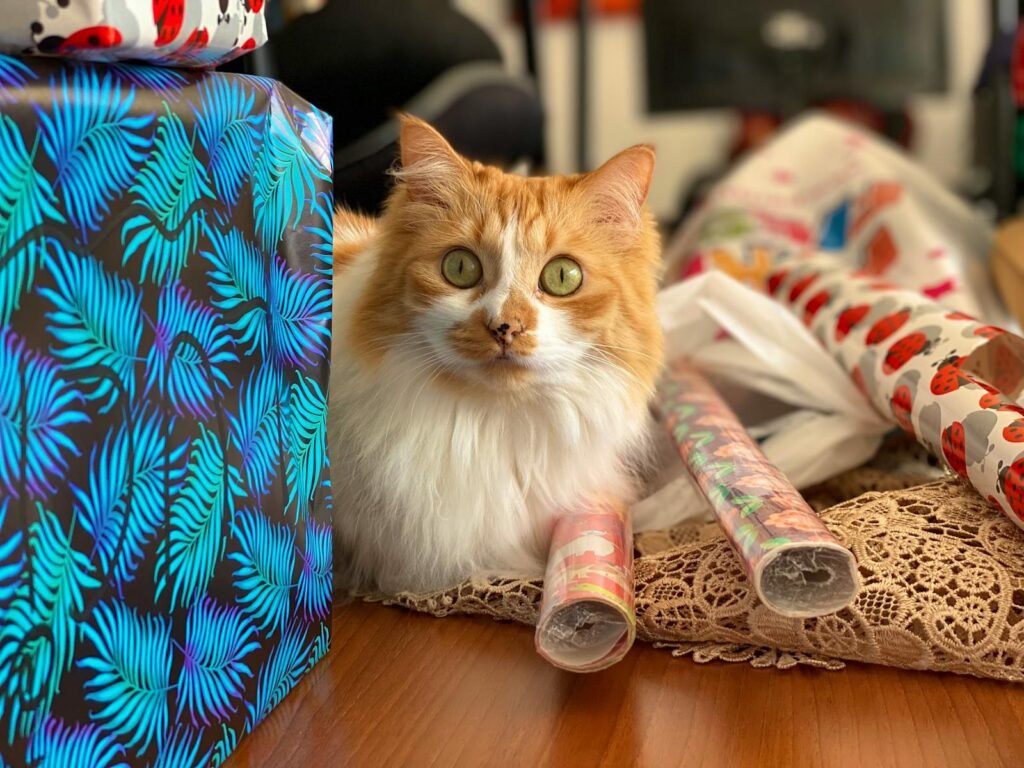
When your outdoor cat leaves a small prey animal on your doorstep, it may seem unsettling. However, this behavior is a sign of sharing a successful hunt or teaching you how to hunt. It’s an example of cats expressing their natural hunting instincts and affiliating you with their social group.
Ignoring You
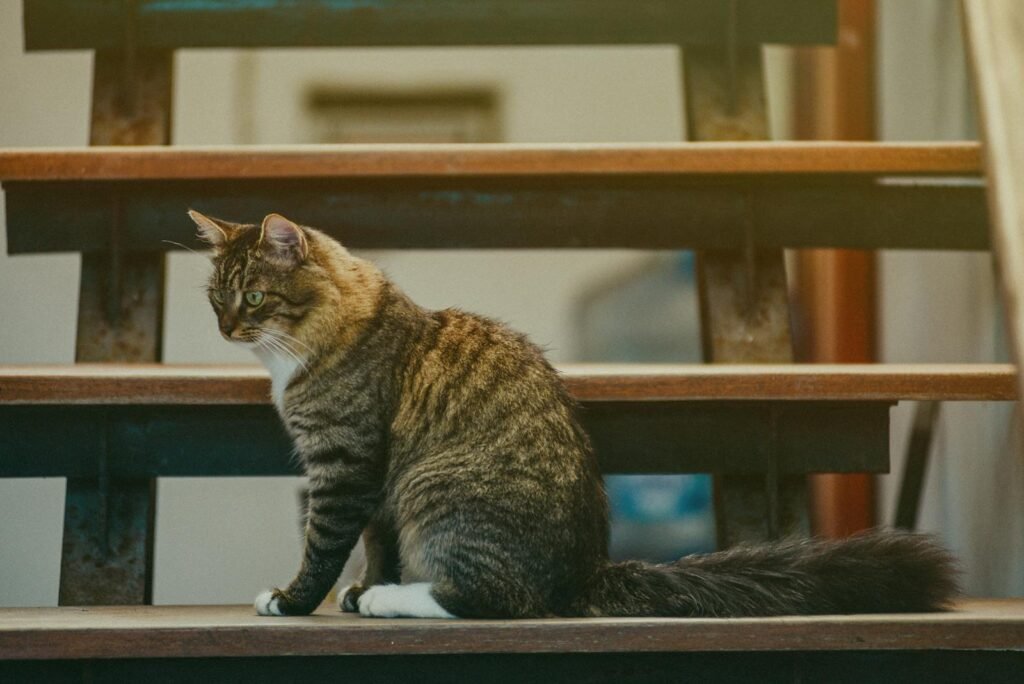
Though it may feel rude, when a cat ignores you, it’s not necessarily personal. Cats are independent creatures with their own agendas. Unlike dogs, they do not feel the need to maintain constant contact. Giving them space and respecting their autonomy can often enhance the relationship, as cats tend to seek out attention once they feel comfortable.
Chin Rubbing
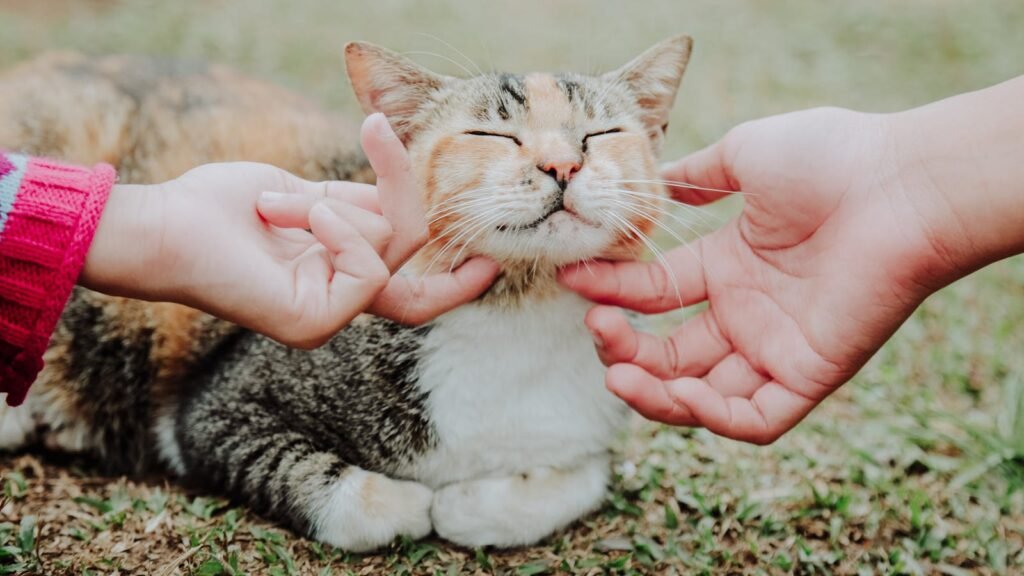
Cats often rub their chin or cheeks against objects or people, leaving behind scent markers thanks to glands located in their faces. This behavior is a way for them to stake their territory, communicate with other animals, and show their affection towards you.
Eating Non-Food Items
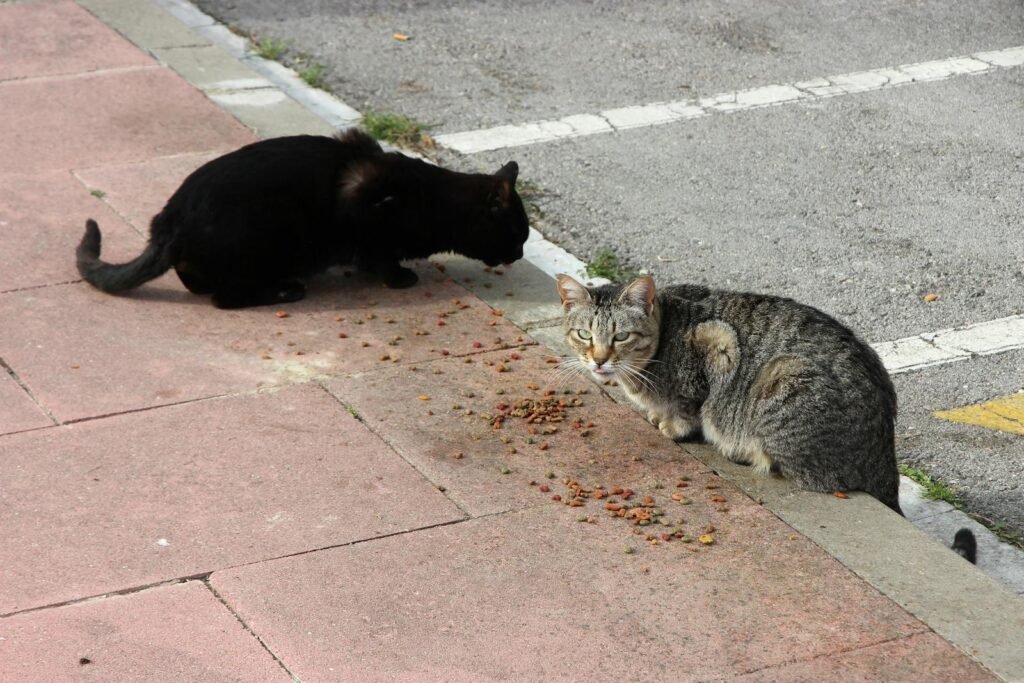
Eating non-food items, or ‘pica,’ may sometimes appear in cats. This can include chewing on plastic, plants, or fabric. While this behavior can be harmless, it can also be indicative of dietary deficiencies, boredom, or stress. Monitoring and providing appropriate toys or enrichment can help alleviate this behavior.
Nighttime Activity
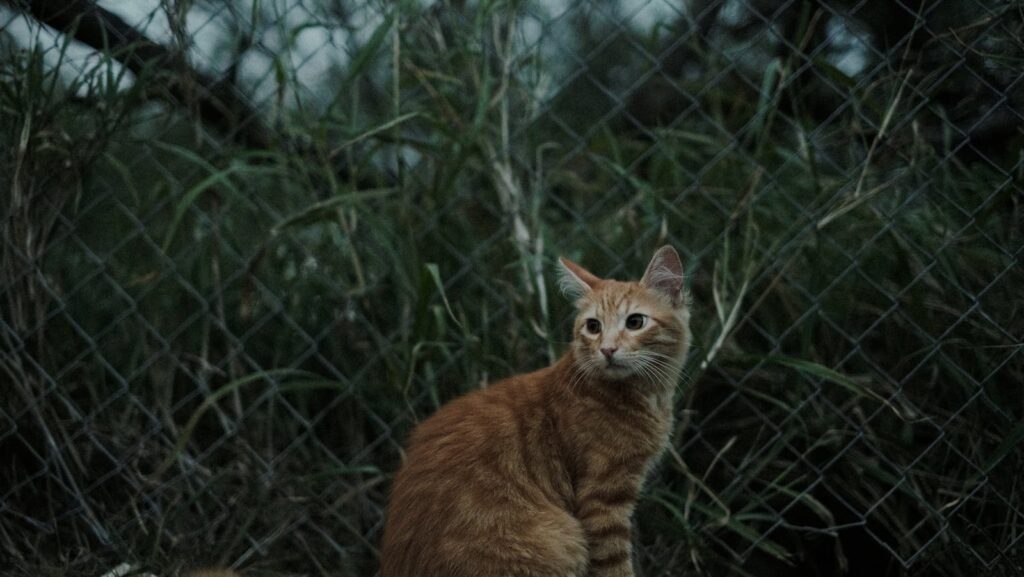
Cats may become more active during the night due to their crepuscular nature—most active during dawn and dusk. This can sometimes cause disruptions in the household. Engaging cats more during the day with play and providing stimulating play before bedtime can help mitigate these restlessness episodes.
Conclusion
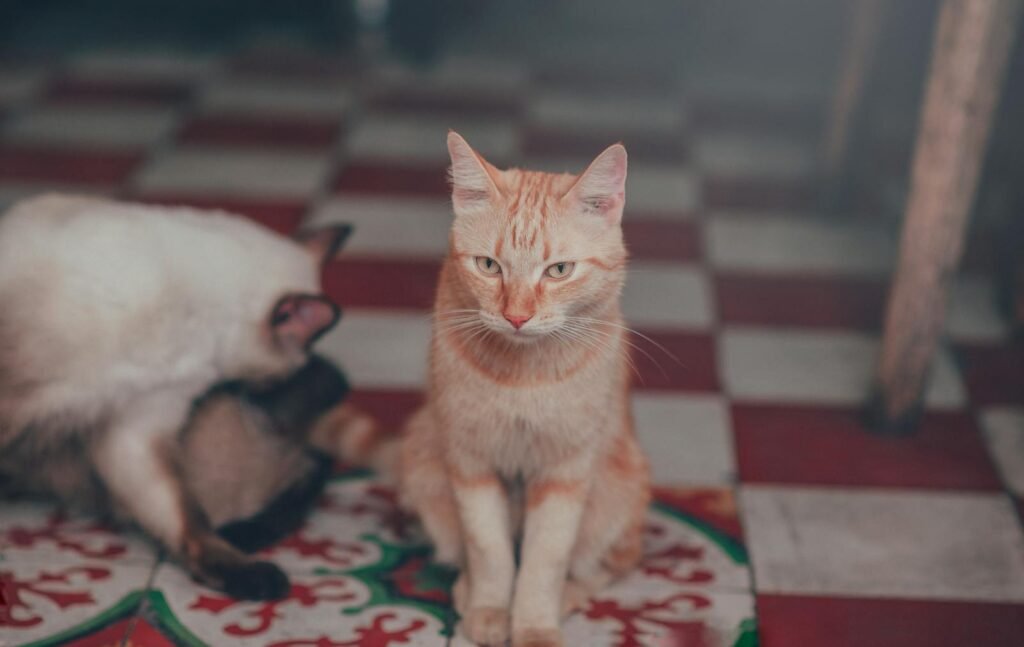
Understanding cat behaviors not only enriches the human-feline bond but also enhances the care we provide our pets. By paying close attention to their actions and respecting their communication methods, we can foster a more harmonious and fulfilling relationship with our cat companions. Remember that each cat is unique, and individual behaviors may vary. Observing and learning about your cat’s behaviors offers invaluable insights into their world and hearts, making you not just a better owner, but a better friend.

Linnea is a born and bred Swede but spends as much time as possible in Cape Town, South Africa. This is mainly due to Cape Town’s extraordinary scenery, wildlife, and atmosphere (in other words, because Cape Town is heaven on earth.) That being said, Sweden’s majestic forests forever hold a special place in her heart. Linnea spends as much time as she can close to the ocean collecting sea shells or in the park admiring puppies.






